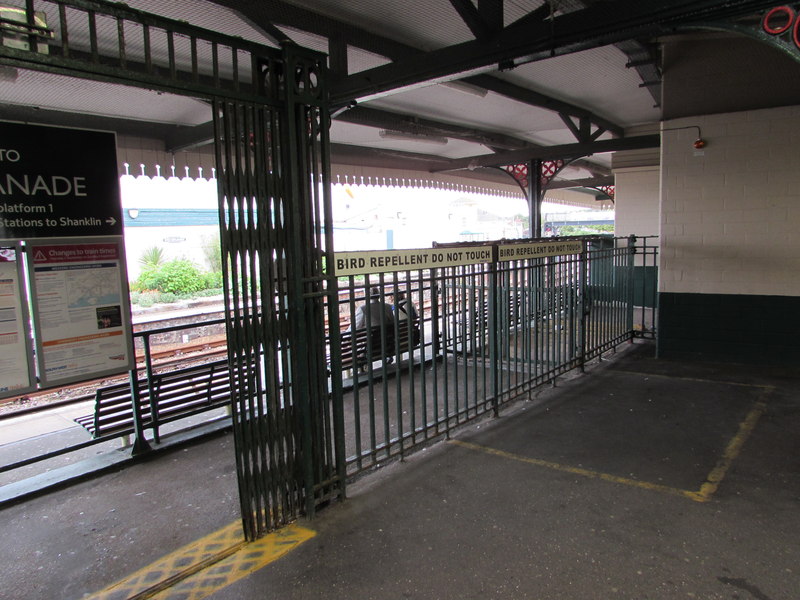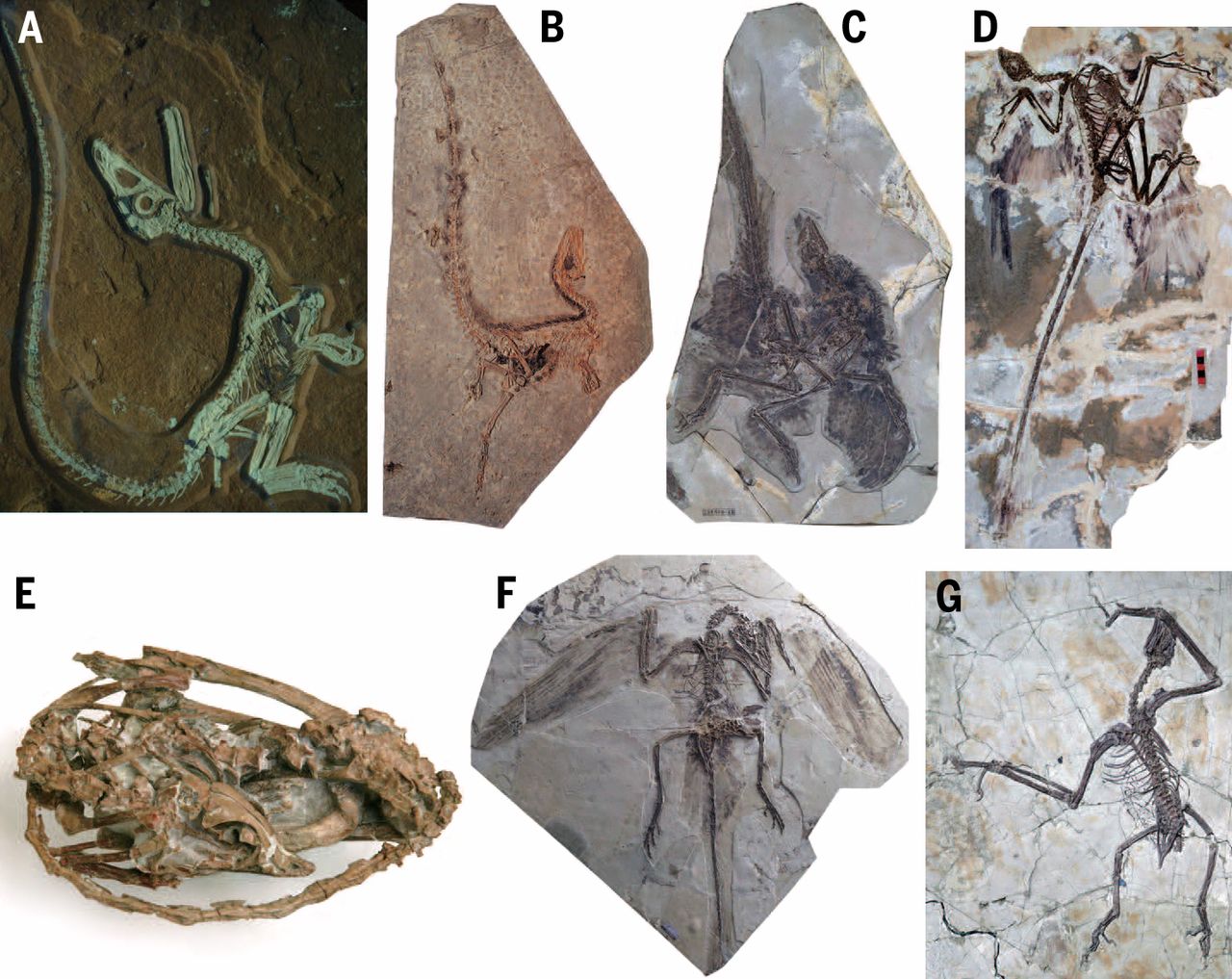PROTECT YOUR DNA WITH QUANTUM TECHNOLOGY
Orgo-Life the new way to the future Advertising by AdpathwayFor these tiny birds, the annual journey is not a simple flight, but a complex undertaking along invisible corridors, a network of routes and vital refueling stops that can be best described as Hummingbird Highways. These aerial byways connect continents, spanning thousands of miles and demanding every ounce of energy and instinct these miniature marvels possess.
The concept of a hummingbird highway is more than just a metaphor; it’s an ecological reality. It’s a series of established migratory flyways, shaped by geography, weather, and a crucial chain of nectar-producing plants. From the icy reaches of Alaska to the warm tropics of Mexico and Central America, millions of hummingbirds navigate these routes each spring and fall, a journey of instinct and survival that pushes the limits of their biology.
 Photo by Mark Olsen
Photo by Mark OlsenThe East Coast Express
The most famous of these migratory journeys belongs to the Ruby-throated Hummingbird (Archilochus colubris), the sole hummingbird species to breed in the eastern half of North America. After a summer spent in the forests and backyards of the eastern United States and Canada, these birds prepare for their daunting southbound journey. The main highway for many of them is a direct, perilous flight across the Gulf of Mexico.
This is the most astonishing leg of their migration. At only 3-4 grams, a Ruby-throated Hummingbird must store up to twice its body weight in fat to make the non-stop flight of over 500 miles across open water. There are no rest stops, no perching spots, and no flowers to sip from for up to 20 hours. It is an act of pure endurance, powered by a biological clock and an innate knowledge of their destination. Those that survive this harrowing crossing land exhausted on the Yucatán Peninsula, where they can finally refuel before continuing their journey south. The hummingbirds that choose this route must time their flight perfectly, using favorable winds and a calm sea to their advantage. It is a gamble with incredibly high stakes, but for thousands of years, it has been the most direct path to their wintering grounds.
 Photo by Paul Crook
Photo by Paul CrookThe Western Scenic Route
While the Eastern flyway is defined by the dramatic Gulf crossing, the western hummingbirds travel a series of diverse and winding highways. The migration of the Rufous Hummingbird (Selasphorus rufus) is a stunning example of this complexity. Breeding further north than any other hummingbird, these tiny dynamos travel an incredible 4,000 miles from their nesting grounds in Alaska to their wintering spots in Mexico.
Their migratory route is a giant, counter-clockwise loop. In the spring, they follow the warm Pacific Coast, where early-blooming flowers provide a consistent source of nectar. In the fall, they head south through the Rocky Mountains, where they can take advantage of the late-blooming alpine flora. This looping journey allows them to continuously follow the peak bloom of their primary food sources, a finely tuned migration that is a masterpiece of energy efficiency. The West also hosts a variety of other migratory hummingbirds, like the Calliope and Broad-tailed, each with its own specific highway that crisscrosses mountains, deserts, and coastal plains, creating a web of interconnected routes.
 Photo by Bryan Hanson
Photo by Bryan HansonFueling Stations
A highway is only as good as its rest stops, and for hummingbirds, these are the refueling stations that provide the high-octane nectar their bodies demand. The success of their migration hinges entirely on the availability of these resources at key points along their routes.
The most critical fueling stations are native wildflowers. Over millennia, hummingbirds have co-evolved with plants like the trumpet creeper, cardinal flower, bee balm, and various salvias, which have evolved to be pollinated by them. The color and shape of these flowers are perfectly adapted to attract hummingbirds and provide them with the sugary nectar they need. A hummingbird can visit thousands of flowers a day, and a landscape rich with native flora is the most reliable and sustainable food source along the highway.
Human-placed feeders have become a supplementary part of the hummingbird highway. Filled with a simple 4:1 solution of water to white sugar, these feeders can provide a crucial source of energy, especially in suburban and urban areas where natural food sources might be scarce. However, their use comes with a responsibility. Dirty feeders can spread disease, and a reliance on them can lead to a false sense of security for the birds. They are best seen as pit stops to supplement a healthy, native-plant-rich landscape.
 Photo by Alan Braeley
Photo by Alan BraeleyWhile nectar is the fuel, hummingbirds also need protein for muscle repair, especially during their arduous journeys. They get this protein from tiny insects like gnats, spiders, and aphids. A garden with a healthy insect population is therefore just as vital to the hummingbird highway as the flowers themselves.
A Helping Hand on a 3,000-Mile Journey
In the face of these incredible journeys, humans have a unique and vital role to play. Creating a hummingbird-friendly garden is not just a pleasant hobby; it’s a critical act of conservation. By strategically planting native flowers that bloom sequentially throughout the spring and fall, we can create vital refueling stops that support hummingbirds on their 3,000-mile-plus migration. These small-scale ‘food islands’ in a sea of concrete and development can mean the difference between life and death for an exhausted traveler. Native plants, with their natural resilience and perfect nectar composition, provide the ideal high-octane fuel for these tiny fliers, ensuring they have the energy to continue their incredible journey.
 Photo by Phillip Brown
Photo by Phillip BrownSimilarly, well-maintained feeders can serve as essential gas stations, offering a dependable source of sugar water when natural food sources are sparse or unpredictable. For a bird that can burn through its body weight in a single day, the availability of a clean, high-energy food source in a backyard can be a lifesaver. By hanging feeders and keeping them scrupulously clean, we can act as responsible stewards of the hummingbird highways, providing a lifeline that bridges fragmented habitats and sustains the relentless drive of migration. This human-provided infrastructure, when done thoughtfully, becomes a modern-day partnership that supports one of nature’s most magnificent spectacles.
 Photo by Zdenek Machacek
Photo by Zdenek MachacekFinal Thoughts
The annual migration of hummingbirds is a breathtaking testament to the resilience and tenacity of life. Every spring and fall, these tiny travelers embark on an epic odyssey, a journey fueled by instinct and a delicate chain of biological partnerships. The Hummingbird Highways they travel are more than just flight paths; they are living arteries of the North American ecosystem, vital corridors that connect diverse landscapes and ensure the continuity of life.
For us, the hummingbirds’ journey offers a powerful call to action. By planting native wildflowers, reducing our reliance on pesticides, and seeing our own backyards and gardens as potential pit stops on this remarkable highway, we can become a crucial part of this incredible story. We have the power to help ensure that these tiny jewels of the air continue to make their awe-inspiring journeys for generations to come.























 English (US) ·
English (US) ·  French (CA) ·
French (CA) ·